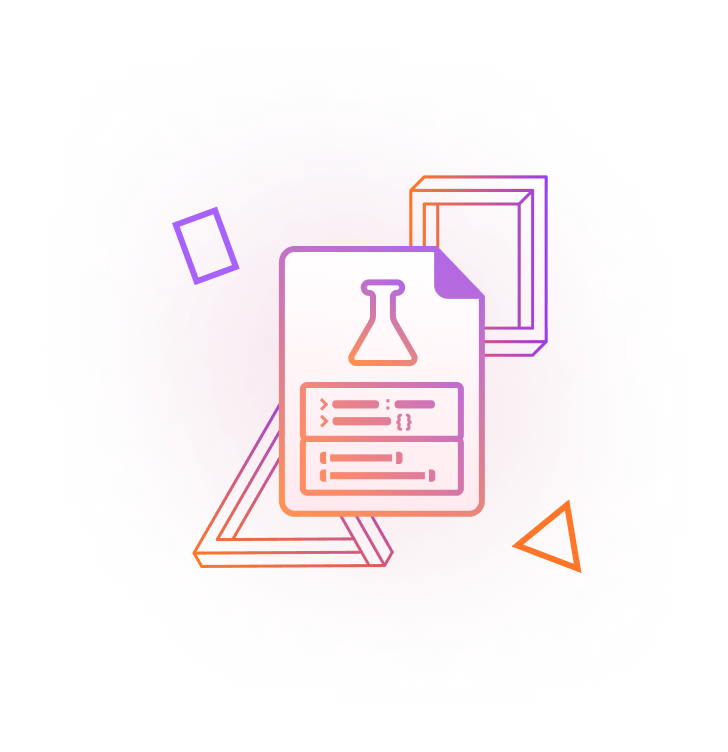Concepts

Recipe
The heart of Documotor is the recipe. It's a set of instructions Documotor follows to generate documents. It defines which data is inserted where in a document.
From whichever system you're using, data is sent to a recipe inside Documotor, where it's processed and inserted into the Word, PowerPoint or Excel template.
The final product is an accurately styled document, available in its original format or as a PDF, including accessible versions.
The recipe is divided into the data transformation and the template. The data transformation and the template complement and depend on each other. Together, they turn your automated data pipeline into an automated document pipeline. Whether you're automating a business report, a sales proposal, or a product sheet, you can cook up a recipe to get you there.

Template
In Documotor, a template serves as the foundation for your documents. It's typically a Word, PowerPoint, or Excel file defining the look of your document, supplemented with dynamic elements indicating where in the document to insert which data.
We call the dynamic elements bindings. Bindings are placeholders within the template that bind specific data entries to that part of the document. With a steady flow of data of the same structure, creating new documents doesn't require user input. The bindings make each generated document unique and reliably tailored to your requirements.
Overall, a template in Documotor is more than just a file – it combines design consistency of standard templates with custom data integrations, making each generated document visually appealing and personalized.
However, the creation of new templates remains as simple as creating a new Word, PowerPoint or Excel file, or just adding bindings to an existing document. Our in-house design experts and technical consultants are always there to help you ensure that you're getting quality, on-brand documents reliably.

Data transformation
In Documotor, a data transformation prepares your data for insertion into a template. Think of it as an advanced version of Excel formulas; just as they refine data from tables, data transformations refine JSON data.
A typical data transformation involves applying a series of formulas to your data, refining it to ensure that its structure fits your template.
These transformations help format data to the specific needs of your documents. They handle various tasks, from basic operations like sorting and filtering, to more complex functions such as conditional formatting and data aggregation. This enables us to automate documents that seem too complex for automation.
The power of transformations is in the fact that Documotor ensures that the data you input is not just transferred onto a document, but also processed to align with your document’s layout and design requirements. This is where Documotor differentiates itself from less powerful automation tools that are only capable of inserting field values into a document.
Updated 8 months ago